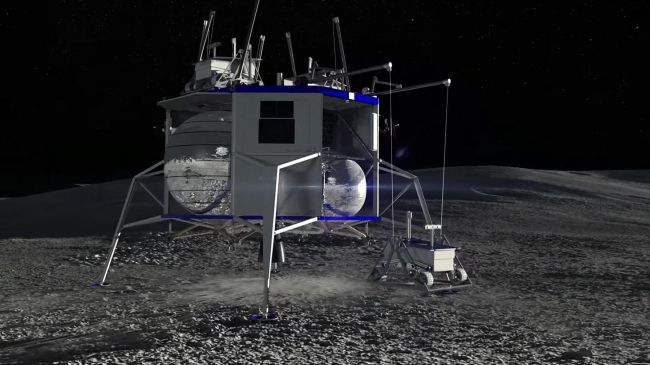Although most space launches up to this point have been funded by government agencies, science fiction writers have for decades accepted the proposition that human expansion in space will be funded by private enterprise. Long before actual rocketry was even close to achieving escape velocities, writers like Jules Verne and H.G. Wells depicted early trips to the moon, made by private citizens. The novice space explorers they introduced us to were not the clean-cut Air Force types of NASA. Hobbyists, businessmen, and eccentric scientists made up these fictional crews. For example, Verne’s moon voyage protagonist, Impey Barbicane, is a gun hobbyist who shoots for the moon (literally) in a cannon of his own design. Wells introduces us to a London businessman named Bedford who undertakes a voyage to the moon primarily because he sees profit in it.
Making space profitable—or, to be more accurate, making manned space travel profitable—has proven to be quite difficult. Although there are thousands of manmade satellites (4987, according to the United Nations Office for Outer Space Affairs), the number of humans in space at any one time almost never reaches double digits. Despite the incredible scientific value of manned space missions, the number of people who have reached space is staggeringly low; only 533 people have ever achieved Earth orbit, and only 24 have gone farther, due to the high cost and logistical rigor of getting people off the planet. In this post-Space Shuttle era, the task of getting man into space is increasingly in the hands of corporations like SpaceX, Virgin Galactic, and Blue Origin. Each is seeking ways to make space travel pay.
Online retail giant and aspiring galactic pioneer, Jeff Bezos, recently revealed the “Blue Moon”, a lander being developed by his company (no, his other company), Blue Origin. The vessel has an open cargo platform on top, along with a davit (that’s nautical-lingo for “small crane”) to lower that load down to the surface. Bezos says that in its original configuration the craft will be able to land 3.6 metric tons of cargo on the surface of the moon, and with a “stretch tank” that payload can be increased to 6.5 metric tons (over 14,000 pounds).
The overall look of the lander is somewhat reminiscent of the Apollo Lunar Modules, but much larger. What really sets this ship apart, however, is its BE7 engine, also designed by Blue Origin. This powerplant uses liquid hydrogen and liquid oxygen as propellants, which Bezos optimistically believes they will eventually be able to replenish on the moon, by mining hydrogen from ice found there. The ability to refuel the vehicle on the surface would overcome one of the biggest hurdles in manned space flight—fuel for the return trip. If this technology can be realized, it could be a major breakthrough in affordability.
The BE7 has been in development for three years now, and it will be test fired for the first time this summer. It’s expected to generate 10,000 pounds of thrust, with very precise throttle control. The timeline for implementation of this new lander is swift from there; an unmanned mission to the moon in 2023 to deliver supplies and prove the lander’s capabilities, followed by manned missions beginning in 2024. According to Bezos, this entire program is in aid of his greater plan: millions of humans living and working space. Speaking to reporters at the Washington, D.C. event where the Blue Moon was unveiled Bezos said, “It’s this generation’s job to build that road to space so that the future generations can unleash their creativity.”
We here at the Planetary Broadcast Network are avidly following all the breaking developments in this and other civilian space projects, so stay tuned and we’ll keep you informed. We might even start a betting pool on which millionaire entrepreneur will get to the moon first…

